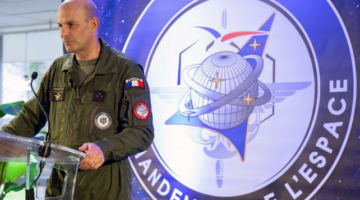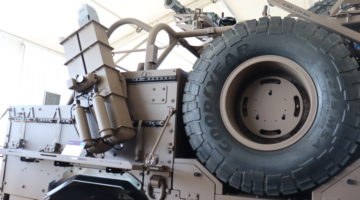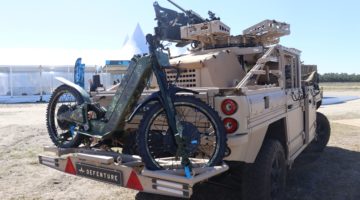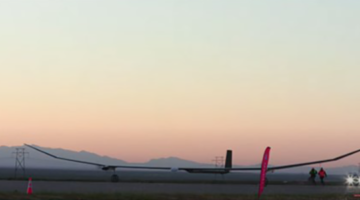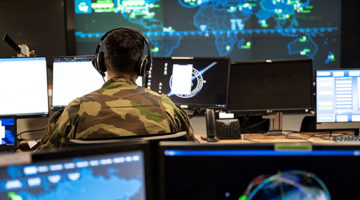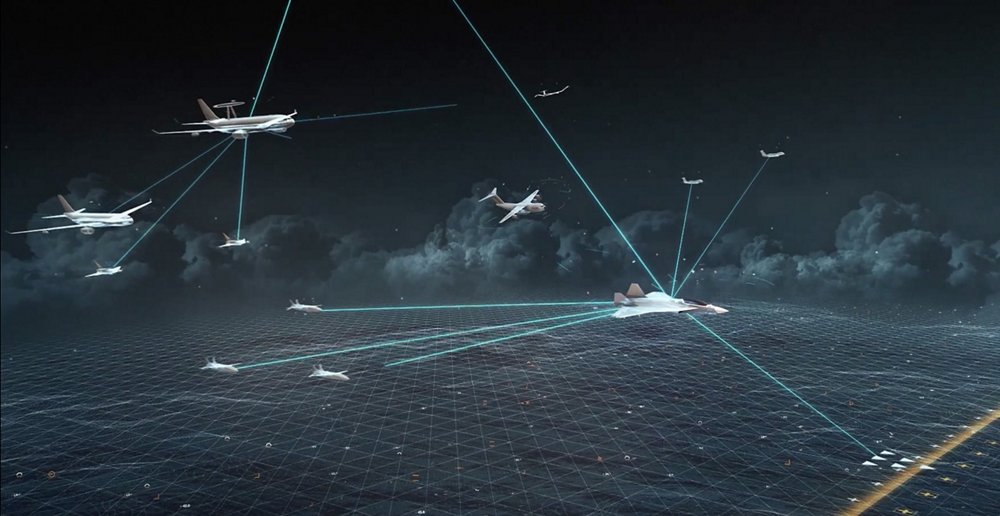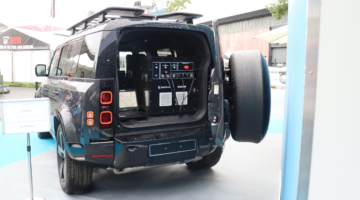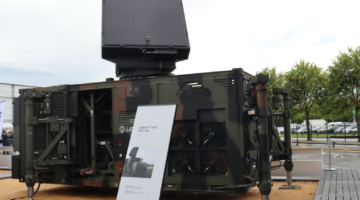By Pierre Tran – Working the Architecture for the Next Generation European Air Combat System*
France, Germany, and Spain, the partner nations of a European future combat air system, are due to pare down the short list of architecture options for a new generation fighter jet by the middle of next year, an air force officer said.
“There is an important milestone next year, with the four or five architectures narrowed down to two or three,” said the officer, who works on the French team on the future combat air system (FCAS).
“This is an important moment,” the officer said.
The industrial partners on FCAS submitted in September 2020 five options for the architecture, and expected that to be whittled down to two the following year, Airbus Defence and Space said December 2020. (…)
The new generation fighter (NGF) is the critical first pillar in the three-nation project for a European air combat system, and a core element in the next generation weapon system (NGWS), along with remote carrier drones, and a combat cloud for command and control.
“It is a question of the modernization of air operations for tomorrow, to go faster, stronger, further, and higher,” the officer said. “Air superiority is the precondition for any operation, to allow freedom of action.”
There will be a high level of automation in the new fighter, but in the fog of war, it will be a pilot who decides whether to fire a nuclear weapon, not an automated system, the officer said.
Threats Evolve
(…) Adversaries are making great effort in fielding modern, high-technology and stealthy threats, the officer said, and failure to keep up would lead to a downgrade of French capability.
Senior air force officers of the partner nations, working as a team, will pick the architecture options, the officer said. There is no tension with German and Spanish officers on designing the fighter to carry a nuclear weapon and fly from an aircraft carrier, two French operational requirements for the sixth generation fighter.
A steering committee of senior officers of the three air forces, and an officer of the Direction Générale de l’Armement, the French procurement office, pilot the FCAS project, which seeks to fly the new fighter by 2040, eventually replacing the Rafale and Eurofighter Typhoon.
The steering committee held a physical meeting in January, the first gathering of officers for some time, as the Covid virus had forced meetings to a virtual basis.
The committee oversees a combined project team, based in Arcueil in the suburbs of the capital, with some 20-25 officers working in two teams, managing operational aspects and working with industrial partners which signed a key contract Dec. 16 2022 .
That contract, worth €3.2 billion ($3.5 billion) and running three years from 2023 to 2025, covers the studies in phase 1B, now under way.
There were “kick-off” phase 1B meetings in mid-March, with companies including Airbus DS, Dassault, Indra, MBDA, MTU, Safran, and Thales sharing out work on the seven FCAS pillars, namely the fighter, engine, drones, cloud combat, sensors, simulation, and stealth.
The goal is to arrive at a single architecture by the end of phase 1B in 2025, allowing entry into phase 2, to build and fly a technology demonstrator for the fighter and two classes of drones in 2028/29. Ground stations for combat cloud are part of that package. The two types of remote carrier will include the advanced loyal wingman type, flying with the manned fighter, and lower cost drones, which do not need to return from mission.
The total budget, comprising phase 1B and the option for phase 2, will be almost €8 billion, the French defense ministry has said. (…)
To See At Paris Air Show
Airbus and Dassault are expected to set out their own sketches of the fighter at the upcoming Paris air show, seen as an important meeting place for the officers working on FCAS.
The French air force sees the schedule as tight, with time seen as needed to mature technology as part of the de-risking process.
The European FCAS timeline lags behind the U.K. Tempest fighter program, which expects to fly a demonstrator before 2025 and the first operational version before 2035, said a report on defense-aerospace.com, a specialist website.
Meanwhile, the officer said the combat cloud is essential to the fighter design, offering a sharing of sensors over an advanced digital network. A pooling of sensors might, for instance, allow a smaller radar fitted on the fighter, which could draw on data from other fighters.
The combat cloud is seen as critical for interoperability with allied air forces, sharing information with the Tempest fighter, the global combat air programme (GCAP) shared between the U.K., Italy, and Japan, and the U.S. F-35.
An extended digital communications network will be vital, the officer said, as the present Link 16 system is already saturated.
BAE Systems, a U.K. arms company, and Thales, a French electronics company, are sharing communications technology in “connectivity” in, the officer said. That cooperation stems from a cancelled Anglo-French project, namely future combat air system-development programme (FCAS-DP) for an unmanned combat air vehicle. That plan had been launched under the 2010 Lancaster House defense cooperation agreement, before being axed.
Interest Abroad
Belgium is considering the successor to the F-35 fighter, Belgian media reports said, and there is political interest in signing up for the European new generation fighter rather than signing up for the Tempest fighter program.
It is too late for Belgium to join phase 1B, which is under way, but it was perhaps possible to sign up at a later stage and negotiate a work share in the European fighter program.
European air force officers met in the week of April 10 in Bordeaux, southwest France, to discuss lessons learnt from the war in Ukraine, the officer said, and it was in such gatherings that other air forces might show interest in the European FCAS. (…)
*This article in an abstract from a longer piece published by SLDInfo >>> https://sldinfo.com/2023/04/working-the-architecture-for-the-next-generation-european-air-combat-system/
Illustration © as published in ibid


